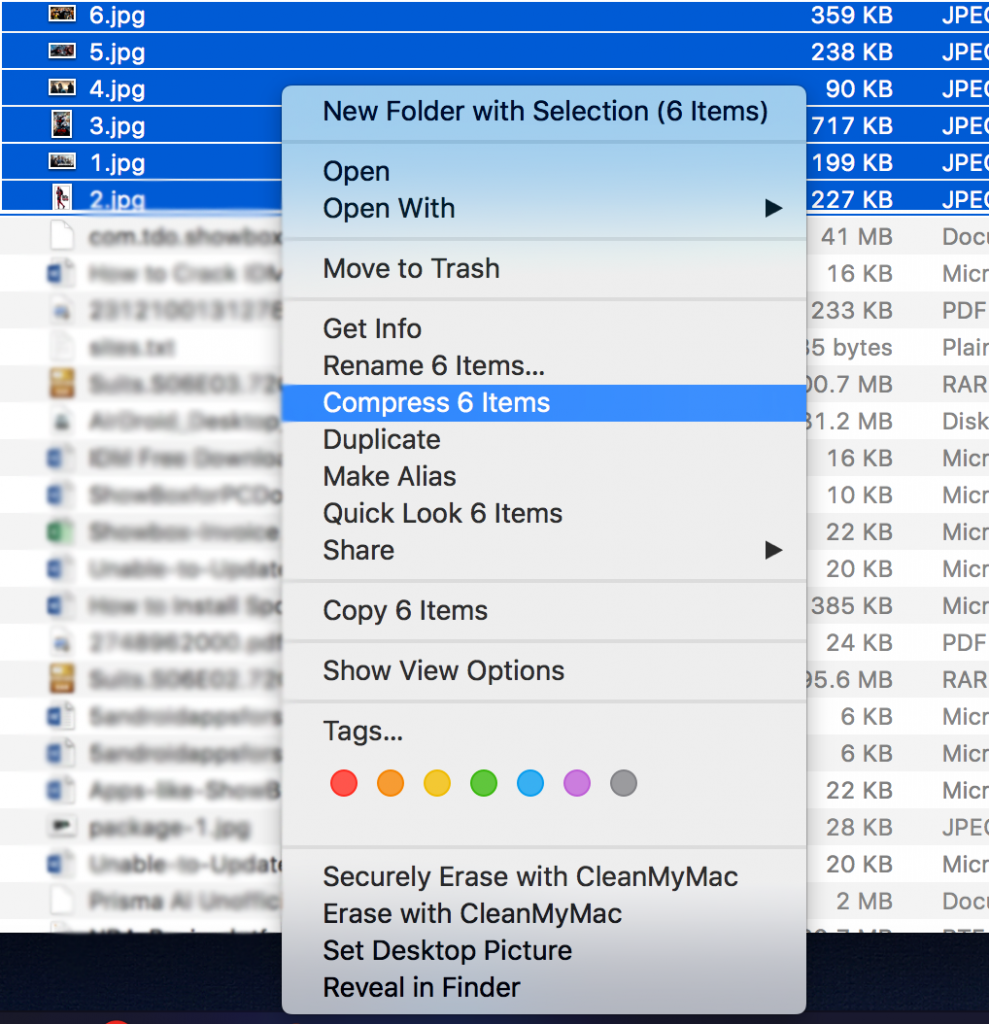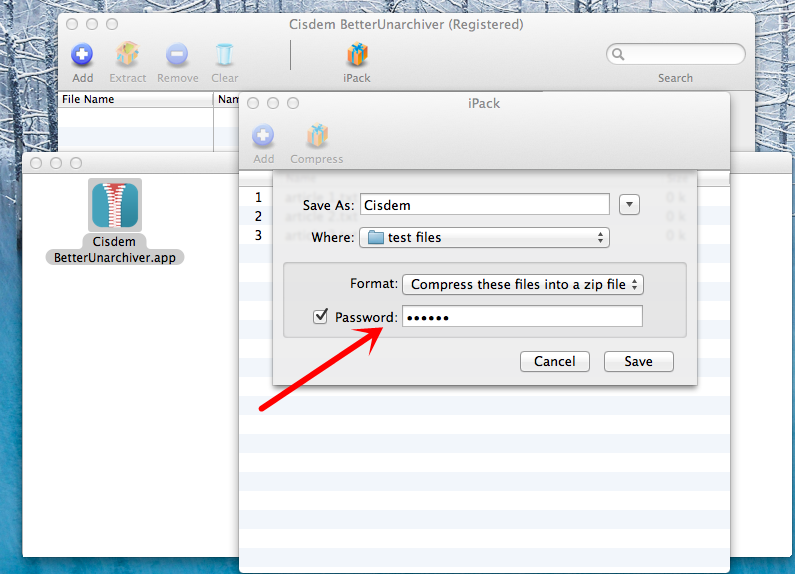Compression Speed and Efficiency
- Compress Zip File Further
- Compress A Zip File Further Mac File
- Compress A Zip File Further Mac Os
- Can You Further Compress A Zip File
Although the website has ads that can disturb you, you can still convert and compress PDF file to ZIP file eventually. It is free to use and there are no signups required to use this converter. Without further ado, let us now look at how to convert PDF to ZIP files using OnlineConvertFree.
Different programs utilize different compression algorithms and have different compression settings to choose from. Some programs or settings prioritize speed—how quickly compression can be completed—while others sacrifice speed to focus on achieving a smaller file size.
Compress Zip File Further
- In NTFS, all file, directory and metafile data—file name, creation date, access permissions (by the use of access control lists), and size—are stored as metadata in the Master File Table (MFT). This abstract approach allowed easy addition of file system features during Windows NT's development—an example is the addition of fields for.
- Igor Pavlov, the Russian developer of 7-Zip, has stated that the standard ZIP format is inferior to RAR and ZIP files created in 7-Zip. Though a lot does come down to the file types being compressed, RAR and 7-Zip's ZIP archives compress data as much as 30 to 40% better than standard ZIP.
Compress A Zip File Further Mac File

Compression efficiency is also affected by file types. Text files can be compressed considerably, for example, but multimedia files, like MP3s or AVIs, may already be in a compressed state, meaning further compression may decrease folder or file size only slightly.
Utilizing different and more efficient algorithms sometimes calls for a change in file extension. For example, the program 7-Zip can use LZMA and LZMA2 compression algorithms, which result in a '.7z' file extension. These algorithms are much better at compressing files than the default ZIP method, which is fast but uses older and less efficient DEFLATE compression. However, the file extensions required for newer compression methods, which are not supported in any operating system by default, mean you may sacrifice accessibility when using them to share files. Likewise, RAR is better at compression than ZIP, but it, too, requires other software prior to use, even for simple data extraction/decompression.
In deciding which compression method to use, you should figure out which features you need most: speed, efficiency, accessibility, security, etc.
Compression Example
Igor Pavlov, the Russian developer of 7-Zip, has stated that the standard ZIP format is inferior to RAR and ZIP files created in 7-Zip. Though a lot does come down to the file types being compressed, RAR and 7-Zip's ZIP archives compress data as much as 30 to 40% better than standard ZIP.
Pavlov proved this by compressing an installation of Google Earth 3.0.0616. Before compression, Google Earth was 23.5 MB in size. Standard ZIP compressed this by 62%, while RAR achieved 71% compression and 7-Zip reached 76% compression.

Security
A program is required to secure ZIP and RAR files with a password. RAR files require WinRAR for compression in the first place, and WinRAR has password encryption settings you can use. Meanwhile, ZIP's default support in operating systems does not come with password protection settings in recent years; programs like 7-Zip or WinZip are required.
How secure the password protection on a ZIP or RAR file is depends partly on the program used to protect it. WinRAR uses an AES-128-bit encryption, but 7-Zip uses the more secure AES-256. This means that a password-protected ZIP file created in 7-Zip would take longer to crack than a RAR file created in WinRAR.
A lot of security comes down to password quality, though, too. Simple, one-word passwords that might be found in an English dictionary are very insecure and prone to brute-force attacks, regardless of your ZIP or RAR's encryption algorithms.
A ZIP or RAR with AES-128 encryption or better that has a good password would probably take years for supercomputers to crack. At present, there is no known attack that works well in such a scenario.
Programs
As the most popular archive file format, ZIP is not only built into most operating systems, but also recognized or improved upon by many other programs, like 7-Zip or IZArc, which are both freeware, and WinZip, which is shareware.
The following video explains how to create a ZIP file using both Windows' built-in support and the program 7-Zip:
Compress A Zip File Further Mac Os
Eugene Roshal, a Russian software engineer, is the developer of the RAR archive format and the owner of the WinRAR software. He has licensed the use of RAR decompression to many other programs outside of his WinRAR program (e.g., 7-Zip and WinZip) with the agreement that his work not be reverse engineered, but only WinRAR can compress data into a RAR file. As shareware, WinRAR has a free 40-day trial and costs $29.00 thereafter.
This next video talks about WinRAR and how to use it to compress and extract data:
Freeware and Shareware
The following is a list of popular compression programs that recognize ZIP and RAR in some capacity.


- 7-Zip (Open Source Freeware for Windows)
- IZArc (Ad-Supported Freeware for Windows)
- PeaZip (Open Source Freeware for Windows and Linux)
- The Unarchiver (Freeware for Mac OS X)
- WinRAR (Shareware for Windows)
- WinZip (Shareware for Windows and Mac OS X)
Can You Further Compress A Zip File
References
